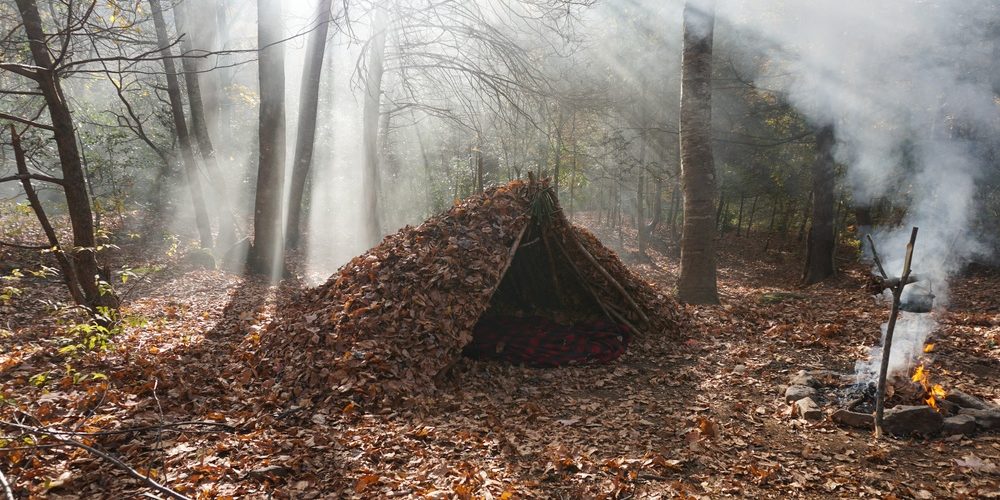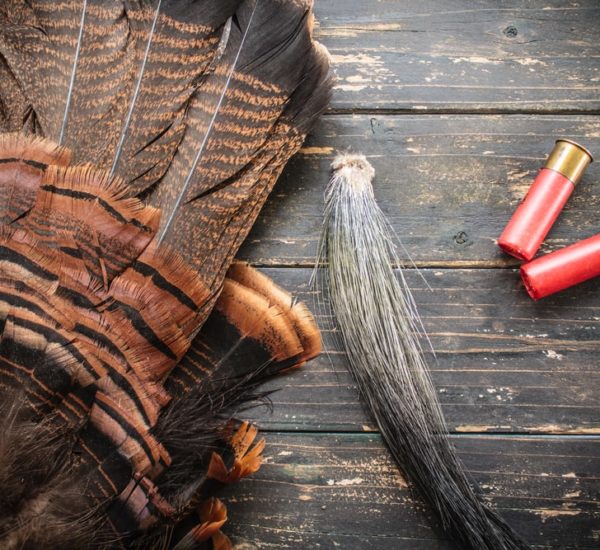There is no doubt that a journey into the wilderness can be such a fantastic experience with all the freedom, scenery, and challenges it offers. However, what happens if you get lost and need shelter what should you do first? You must prepare for potentially life-threatening situations, such as when you lose your bearings in the wild.
In a few moments, you’ll discover some vital tips on how to create a shelter for yourself even when you’re lost. But, what are the qualities of a good shelter?
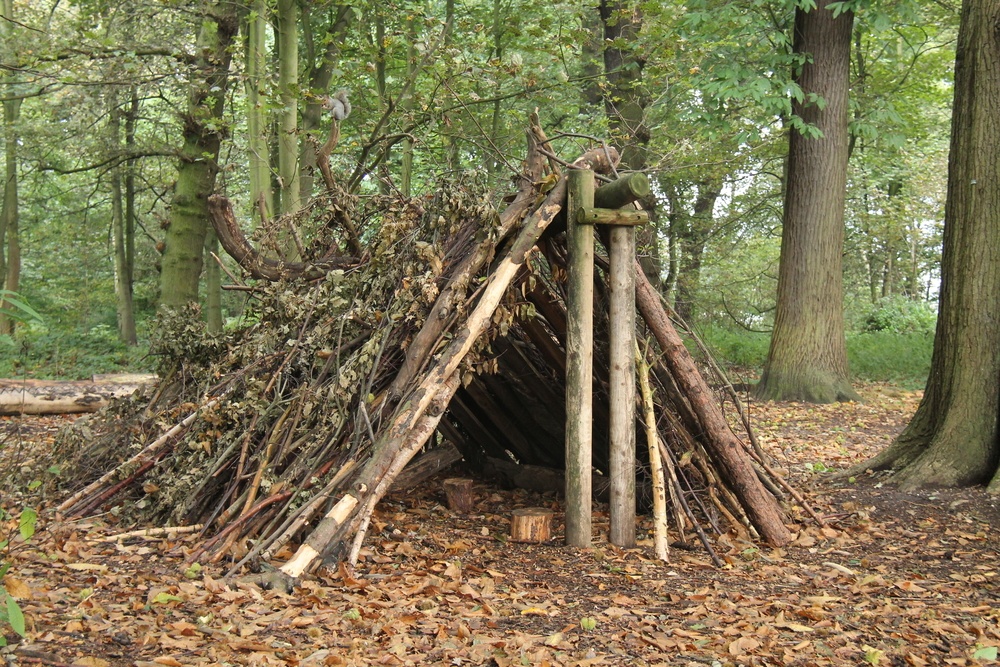
Qualities of a Good Wilderness Shelter
- You should be able to make a good shelter with the least amount of effort possible with readily available materials.
- It should afford you some protection from the elements such as wind, rain, cold, etc.
- It should be as small as possible to afford some insulation.
- It should provide adequate ventilation.
- It should offer a protected sleeping area that is not on the bare ground.
That said, let us examine how to create what to do if you get lost in the woods and need shelter.
Creating a Makeshift Shelter When Lost
Here’s a scenario: You get lost and need shelter what should you do first? Below are some tips on creating a makeshift shelter if you ever get lost in the woods.
Look for a natural shelter
A natural shelter is usually the most convenient form of cover when you’re outdoors and have to spend the night. In this case, a rock overhang or even thick stands of evergreens are ideal options. But, make sure the shelter site is dry, well-drained, and offers protection from the wind. Most people do not know this, but wind can make you hypothermicvery fast.
Also, if you can, try to locate your shelter close to a water source and lots of firewood. One of the questions most people ask is, ‘Under most conditions how long can you survive without water?’ The answer is a few days.
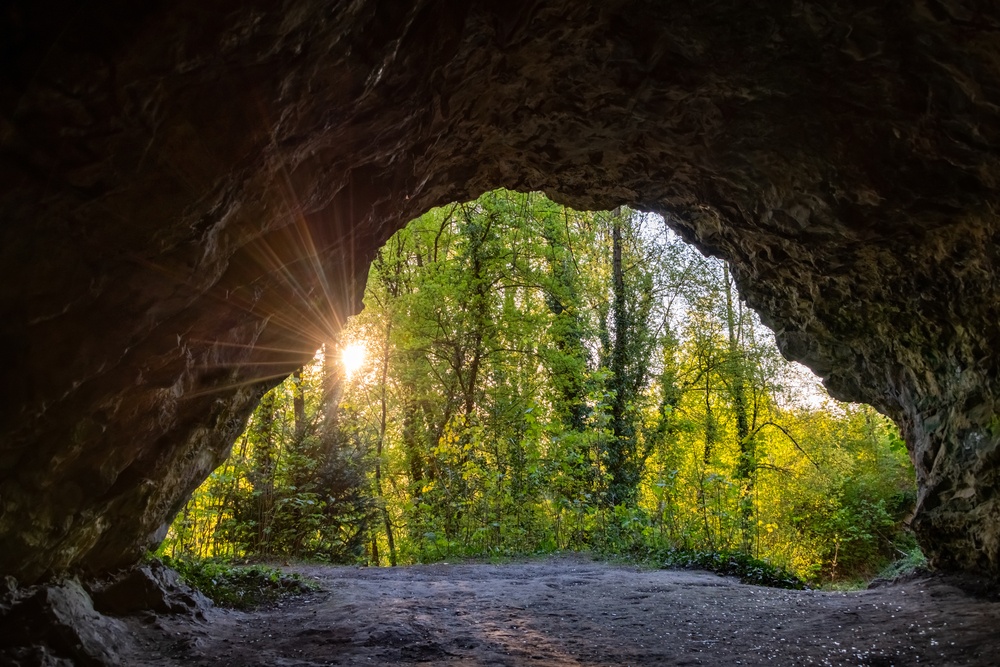
Build a makeshift shelter
If a natural shelter is not an option, you can also create a lean-to shelter or a debris hut for yourself. You can construct a lean-to by leaning two or more branches against horizontal support such that it forms the frame for a roof.
However, there are certain factors you should bear in mind when creating a makeshift shelter:
- Make you orient its entrance away from the wind.
- Cover the frame with evergreen branches and leaves to keep out the elements, especially wind and precipitation.
- You may add side walls if you need extra protection from the elements.
- Ensure you cover or pad the area you’ll be sleeping inside the shelter to prevent heat loss to the ground.
- Build a fire where its heat can radiate into your shelter (makeshift or natural).
Remember, whenever you’re lost and in doubt, it is best to stay put. This way, you increase the chances of search parties locating you, and fast. Also, always try to remain calm. A lack of panic will ensure that you remain clear-headed when you’re trying to think and plan. Here are some more tips to help you when you’re lost:
- Protect yourself from immediate danger — from hypothermia to food poisoning and wild animals.
- Display your brightest colors so you’ll be easy to spot from a distance.
- Call for help with the universal distress signals (sounds or visual signs in groups of threes. This may include shouts, gunshots, a whistle blows, etc.)
- Leave clues that can lead searchers to your location.
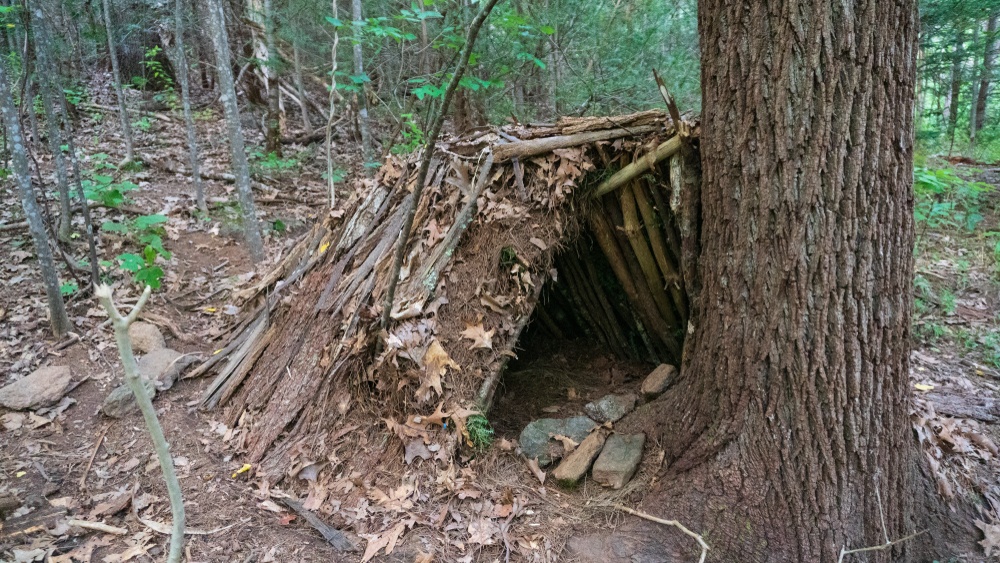
FAQs
What are the first three priorities if you become lost?
If you ever become lost, your first three priorities should be shelter, a fire, and signals. This way, you can remain safe until help comes or you realize how to navigate your way.
What is the most important survival tool should you become lost?
Your brain is the most crucial tool in a survival situation. With a sound mind, a calm disposition, and a good strategy, you increase your chances of surviving without any complications. Here’s an acronym to help you — STOP
- S – Stop once you realize you are lost.
- T – Think about what can help you survive.
- O – Observe your surroundings for improvizations.
- P – Plan how to use your available resources to survive.


